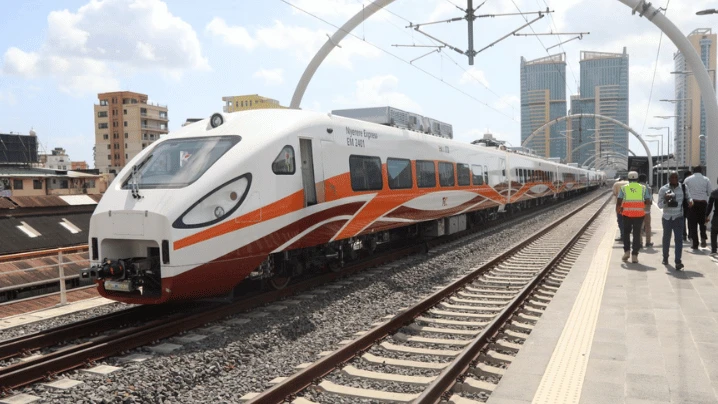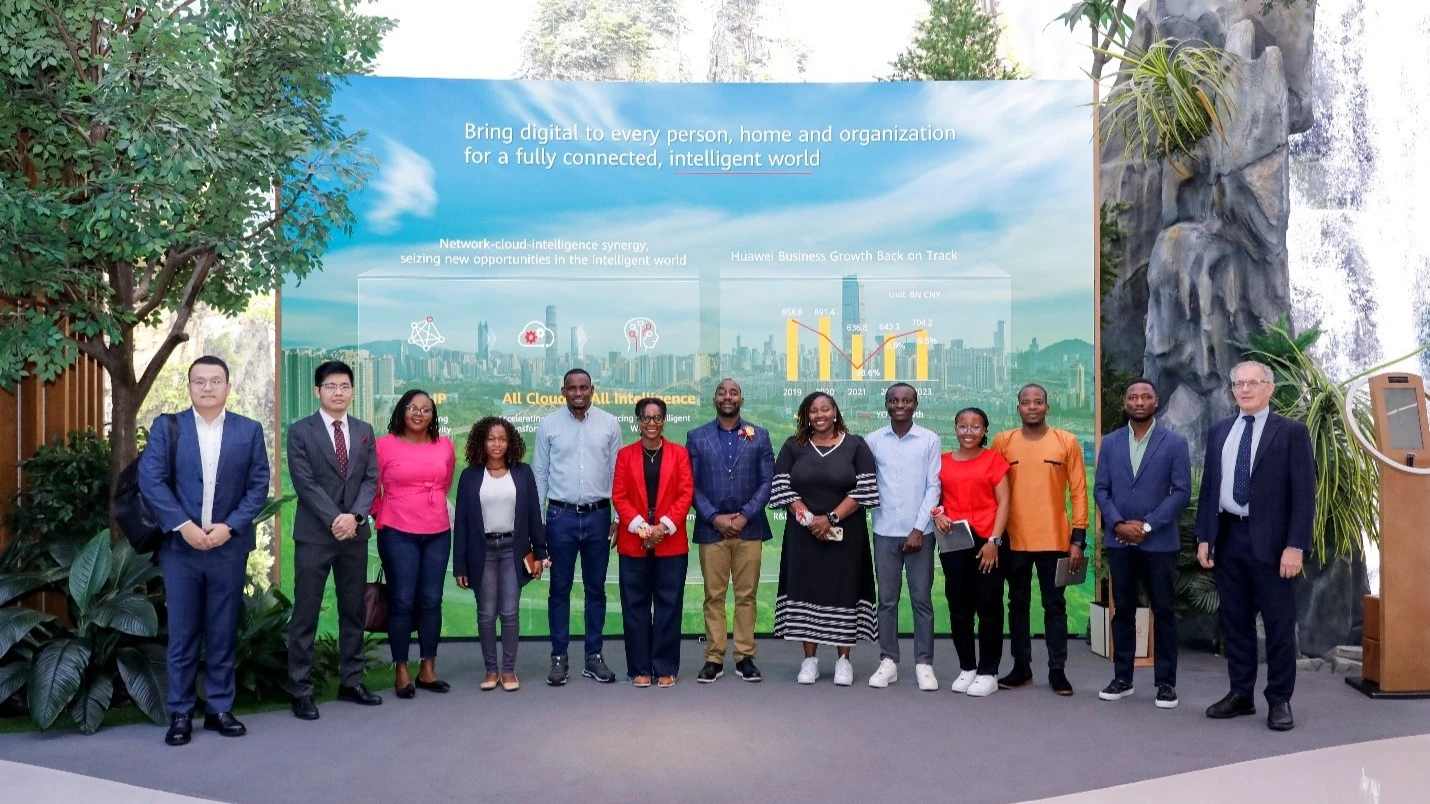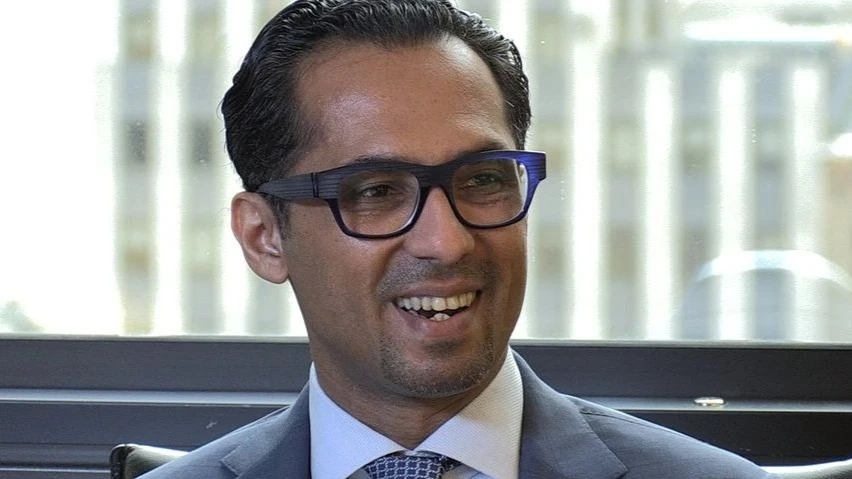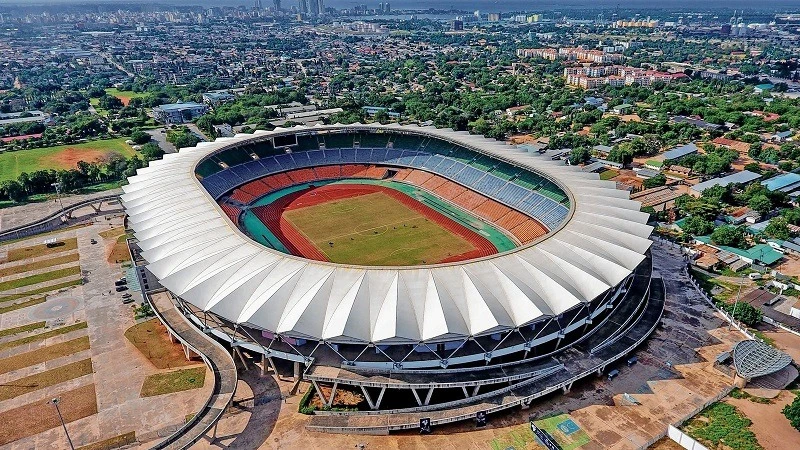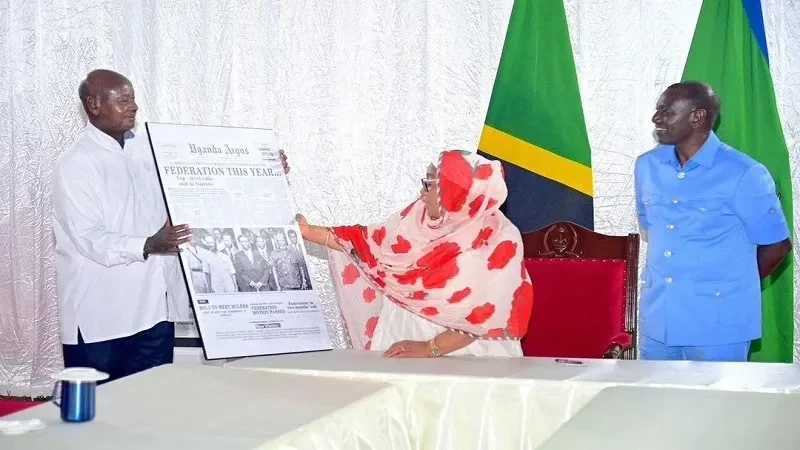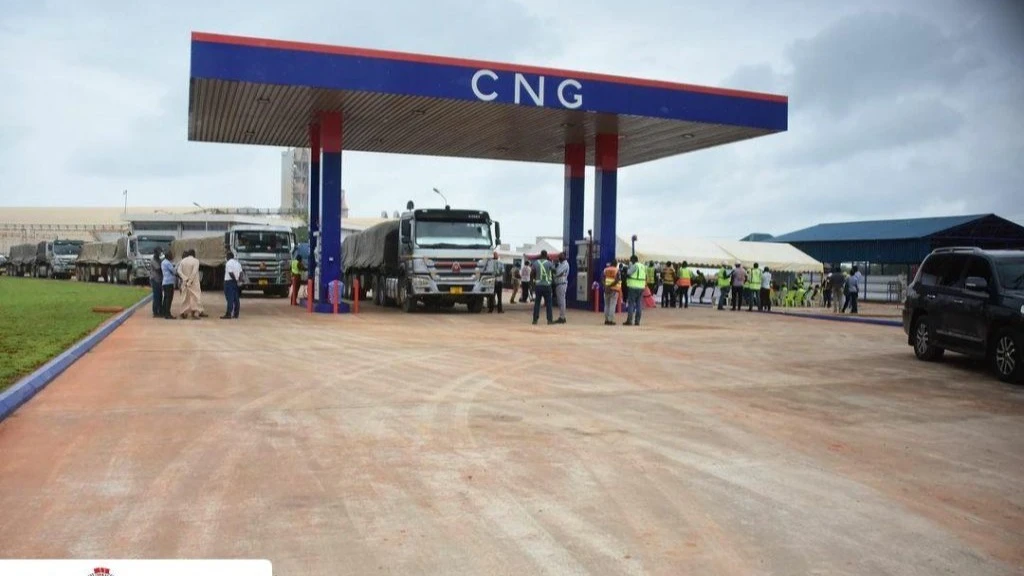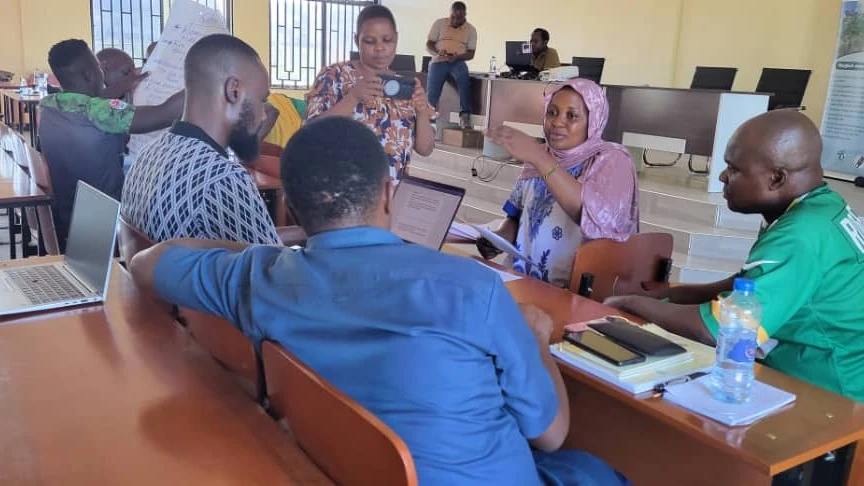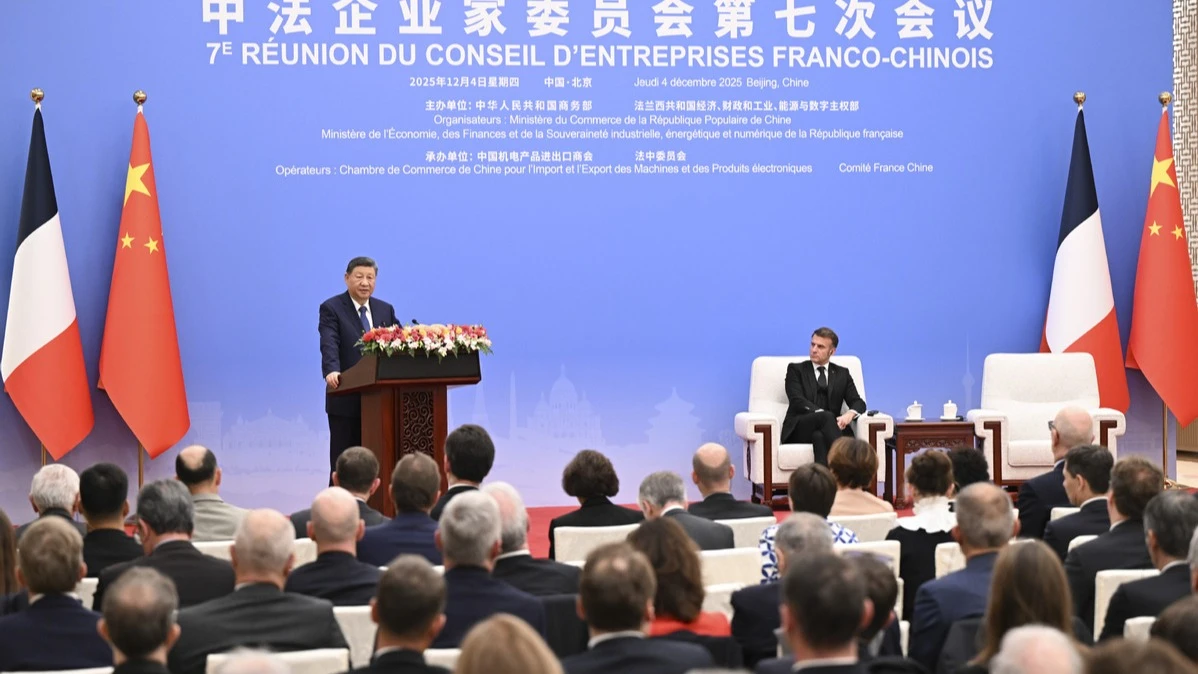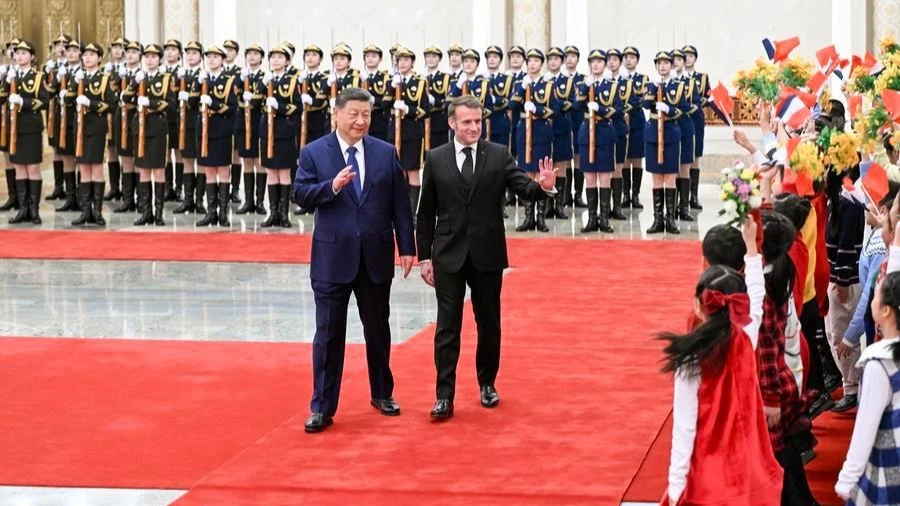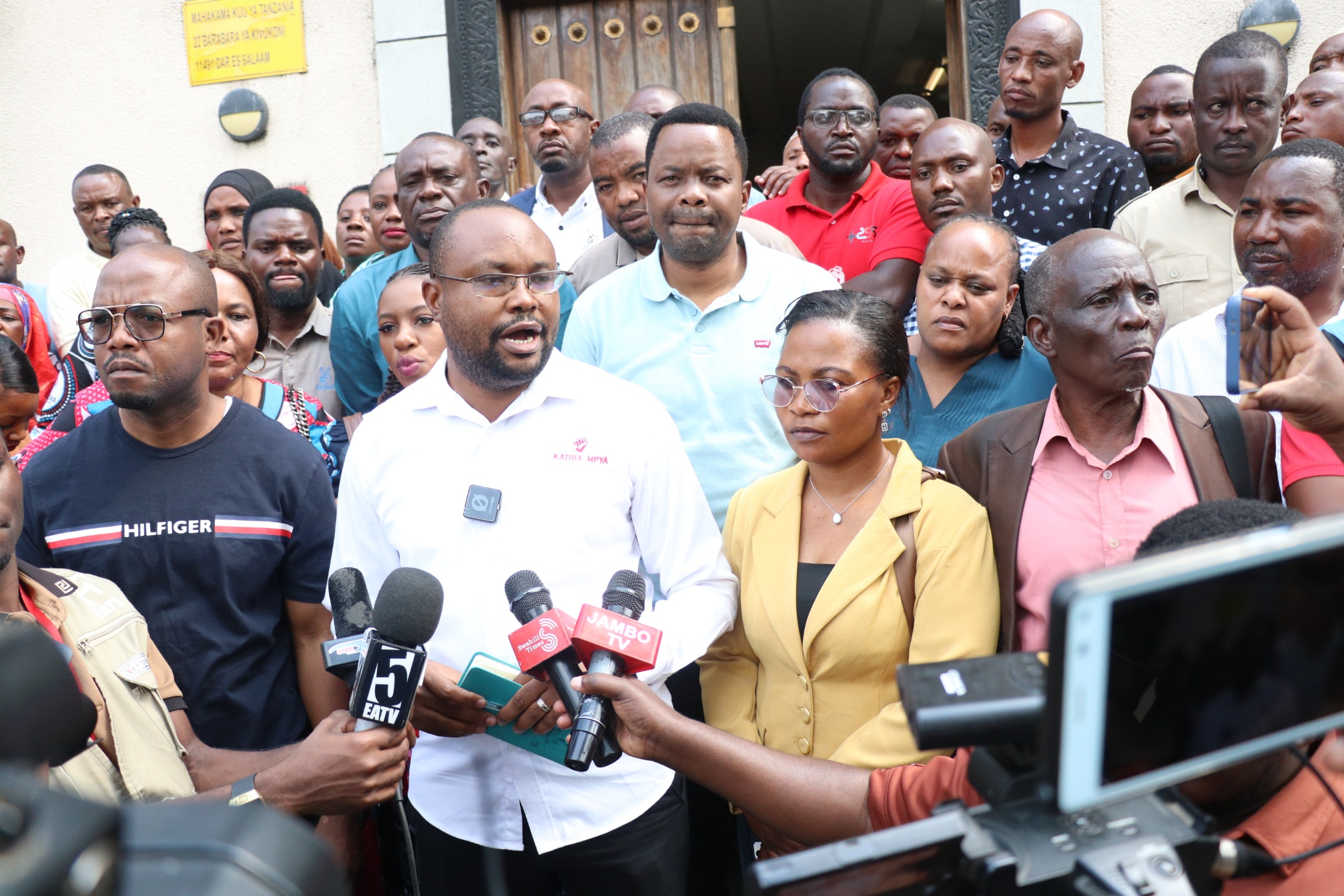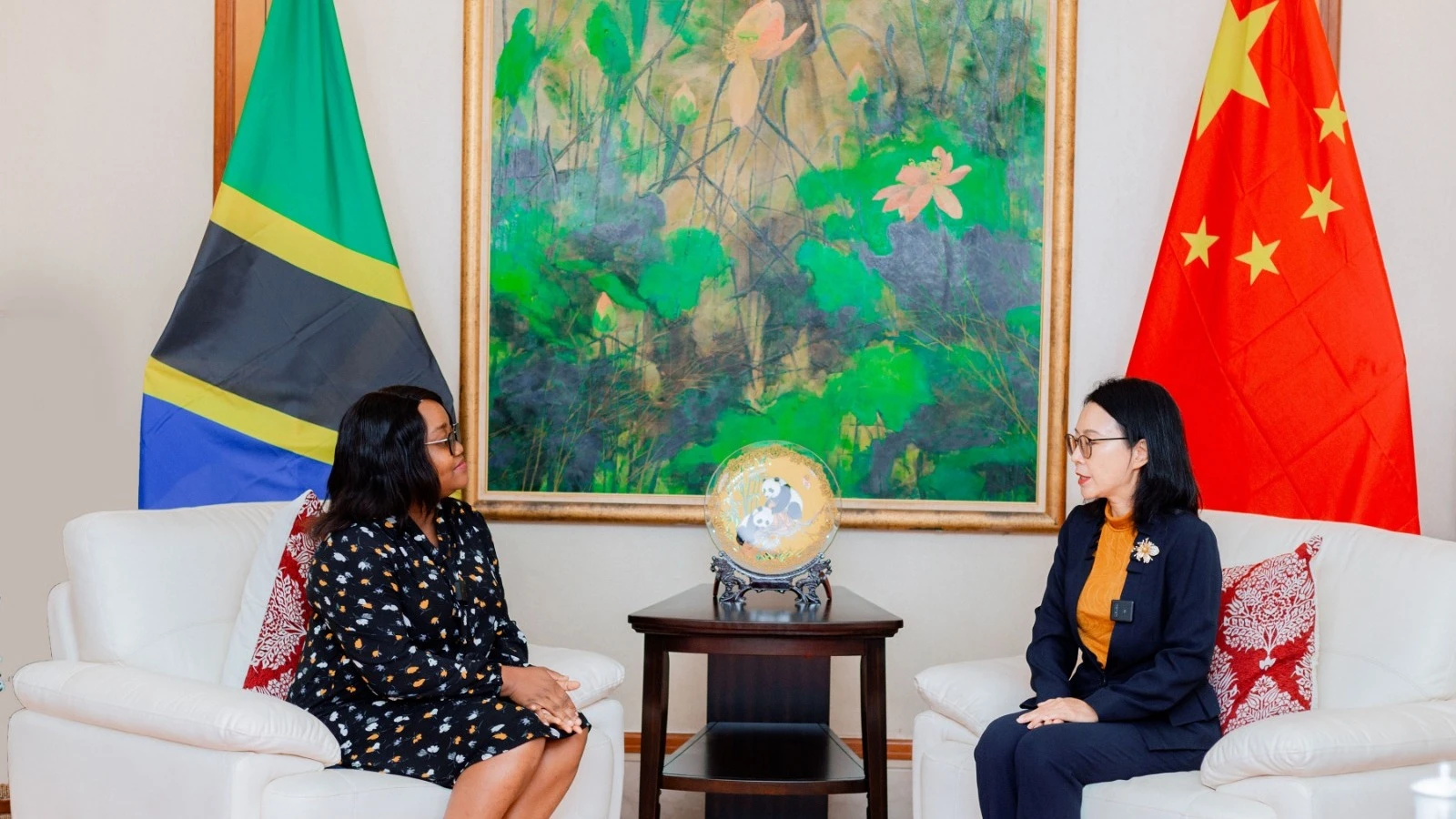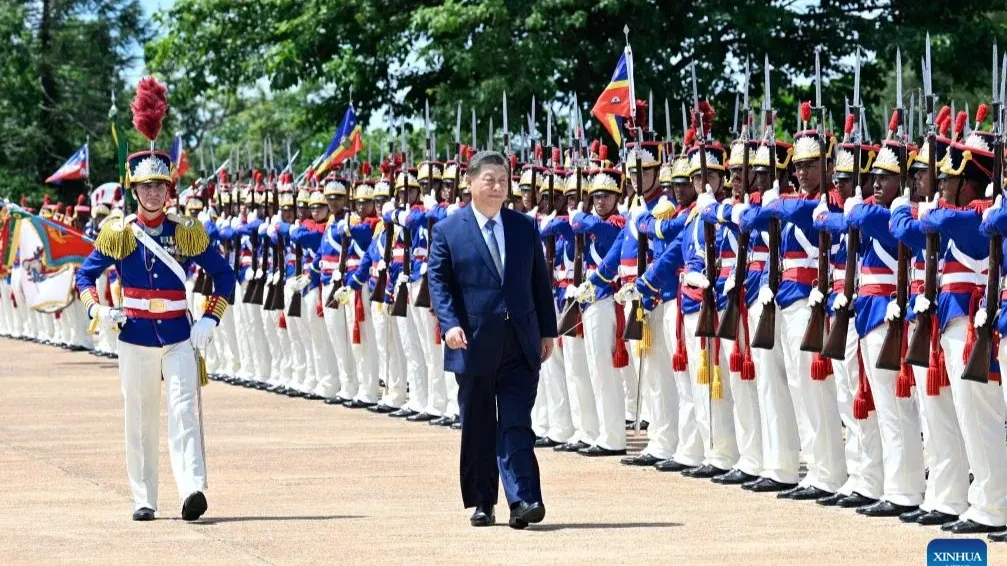Tanzania’s economy sustains growth momentum in August
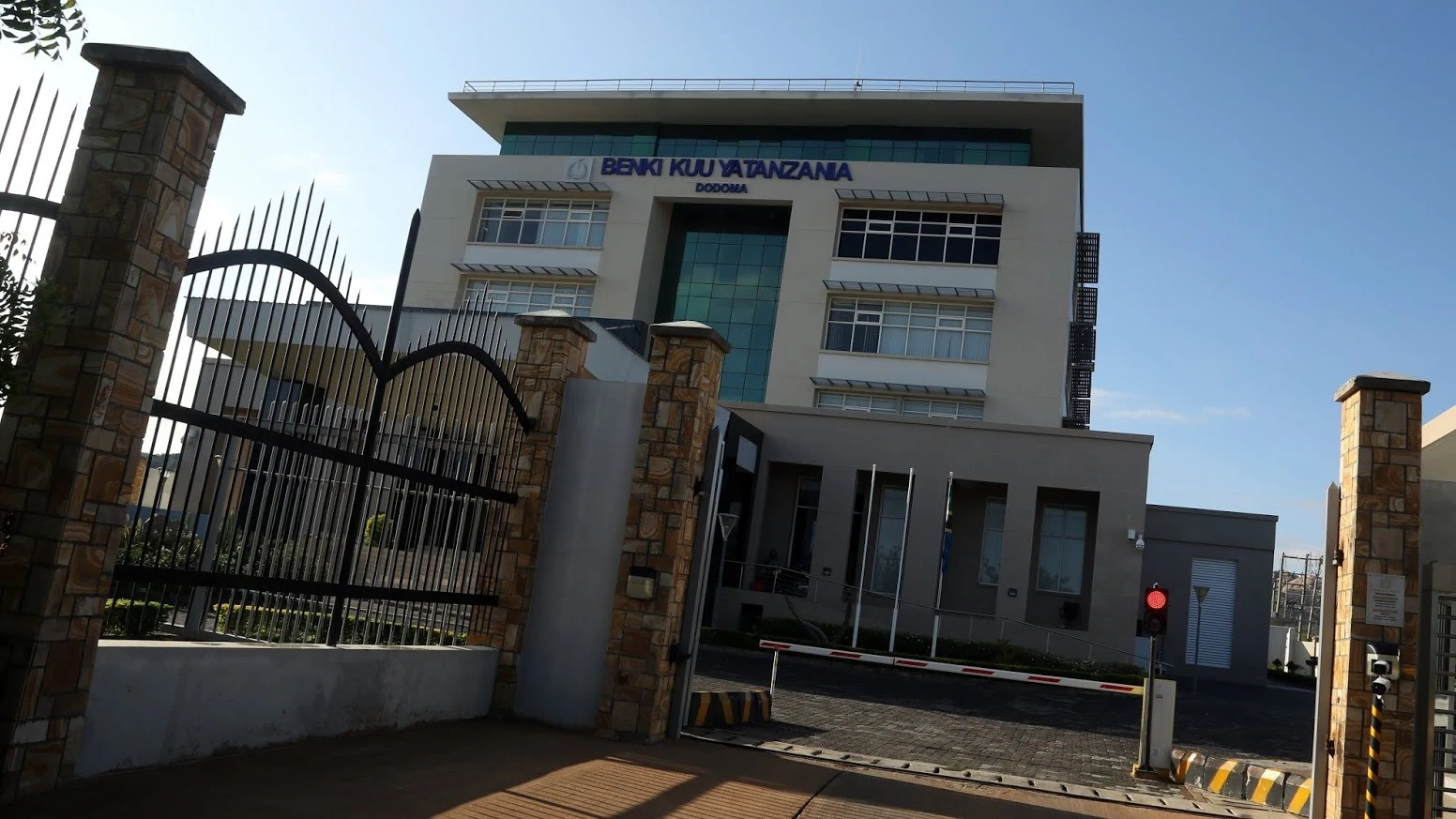
Tanzania’s economy maintained strong momentum in August 2025, underpinned by steady growth across key sectors, stable inflation, and a resilient external position, according to the Bank of Tanzania’s Monthly Economic Review for September 2025.
The central bank estimates that national output expanded by over 6 percent in the third quarter, driven by agriculture, mining, construction, and manufacturing. The sustained performance was attributed to robust credit growth, expanding exports, and ongoing investments in infrastructure.
Inflation stayed comfortably within the Bank’s 3–5 percent target range, aligning with East African Community and SADC convergence benchmarks. Annual headline inflation edged up slightly to 3.4 percent in August from 3.3 percent in July, reflecting moderate increases in food and energy prices.
Food inflation rose to 7.7 percent, driven by higher prices of staples such as rice and finger millet. However, stable exchange rates, prudent fiscal management, and adequate food stocks at the National Food Reserve Agency helped contain price pressures. The agency held over 537,000 tonnes of maize by August after replenishing its reserves with fresh procurement from major producing regions.
Core inflation, which excludes volatile items, stood at 2 percent, while energy and fuel inflation rose to 2.6 percent following a modest uptick in charcoal and firewood prices, though global oil prices remained subdued.
The central bank said it maintained an accommodative monetary stance to support growth. In July, the Monetary Policy Committee reduced the Central Bank Rate (CBR) from 6 to 5.75 percent after assessing that inflation risks were minimal. The rate will remain unchanged during the fourth quarter of this year.
The move improved liquidity conditions across the banking system, with interbank rates easing to an average of 6.48 percent in August. Money supply expanded by 21 percent year-on-year, driven by a 16.2 percent increase in private sector credit.
Lending growth was most pronounced in agriculture (30.1 percent), trade (29.2 percent), and transport and communications (18.8 percent). Personal loans continued to dominate credit distribution, accounting for 36 percent of total private sector lending.
On the fiscal front, government revenue collection in July 2025 reached 2.91trn/-, exceeding its monthly target by 3 percent. Tax revenue contributed 2.35trn/-, buoyed by improved customs systems, higher import volumes, and strengthened compliance.
Total expenditure stood at 4trn/-, comprising 2.37trn/- in recurrent spending and 1.63trn/- in development projects, consistent with the government’s fiscal consolidation strategy.
The national debt stock increased modestly to USD 50.46 billion, with 70 percent being external debt. The rise was mainly attributed to new disbursements from multilateral lenders. Domestic debt also expanded by 5 percent to 37.13trn/-, largely financed through government bonds, which accounted for nearly 80 percent of domestic borrowing.
Tanzania’s external position improved markedly, with the current account deficit narrowing to USD 2.02 billion for the year ending August 2025 from USD 3.07 billion a year earlier. The improvement was driven by a 14.8 percent rise in exports of goods and services to USD 16.89 billion, outpacing import growth of 4.5 percent.
Goods exports surged by 22.7 percent to USD 9.89 billion, supported by strong performance in gold, cashew nuts, tobacco, and cereals. Gold exports climbed 35.5 percent to USD 4.32 billion, buoyed by high global prices and increased production.
Tourism receipts continued their recovery, rising to USD 3.85 billion from USD 3.19 billion a year earlier, as international tourist arrivals grew to over 2.28 million.
Meanwhile, imports rose modestly to USD 17.42 billion, reflecting a sharp decline in oil imports offset by higher purchases of industrial and transport equipment.
Foreign exchange reserves rose to USD 6.39 billion, covering 5.2 months of imports—well above national and regional adequacy benchmarks. The Tanzanian shilling appreciated by 7.6 percent against the US dollar, trading at an average of 2,490/- per dollar, supported by robust inflows from exports and tourism.
With stable inflation, rising exports, and improved fiscal performance, the Bank of Tanzania projects continued macroeconomic stability in the near term. The institution reaffirmed its commitment to maintaining price stability and supporting private sector-led growth, while safeguarding external reserves and debt sustainability.
Top Headlines
© 2025 IPPMEDIA.COM. ALL RIGHTS RESERVED



